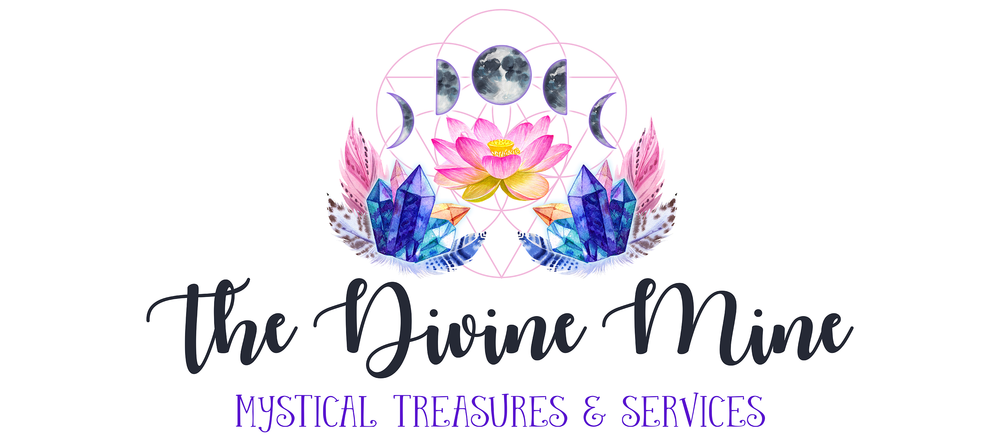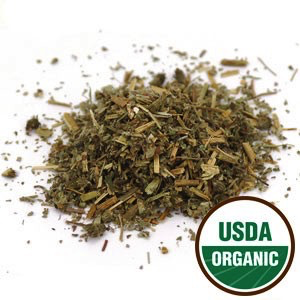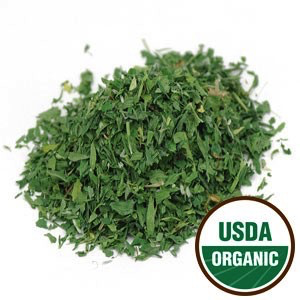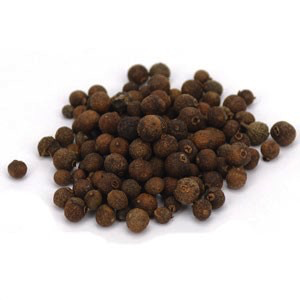The Divine Mine
Herb safflower 8oz jar
$9.00
The Divine Mine
Herb safflower 8oz jar
$9.00
Botanical Name: Carthamus tinctorius
Common Names: American saffron, dyers' saffron, false saffron
Origin: China
Safflower is a good selection for a plant to offer ritual protection of your property and to provide coloring for ritual (or non-ritual) purposes, be it for foods (the Hope dyed their ceremonial wafer bread yellow with safflower petals), textiles, or even skin (in various cultures, saffon petals have been processed into a makeup). The ancient Egyptians grew safflower and used its dye to color fabric, to anoint mummies before wrapping and to color the ritual ointments used on statues of the gods; the flowers were woven into wreaths for mummies (consider using dried flowers for this). In Japan, the petals were prized as a silk dye (they make a very "unnatural" pink on silk!).
DISCLAIMER:
The information on this web site has not been evaluated by the Canadian Dept. of Health and Welfare or by the US FDA. It is not intended to diagnose, treat, or cure any diseases or replace medical attention. Please consult your practitioner, physician or herbal specialist before using any products you purchase, particularly if you are pregnant, nursing, or on any medications.










